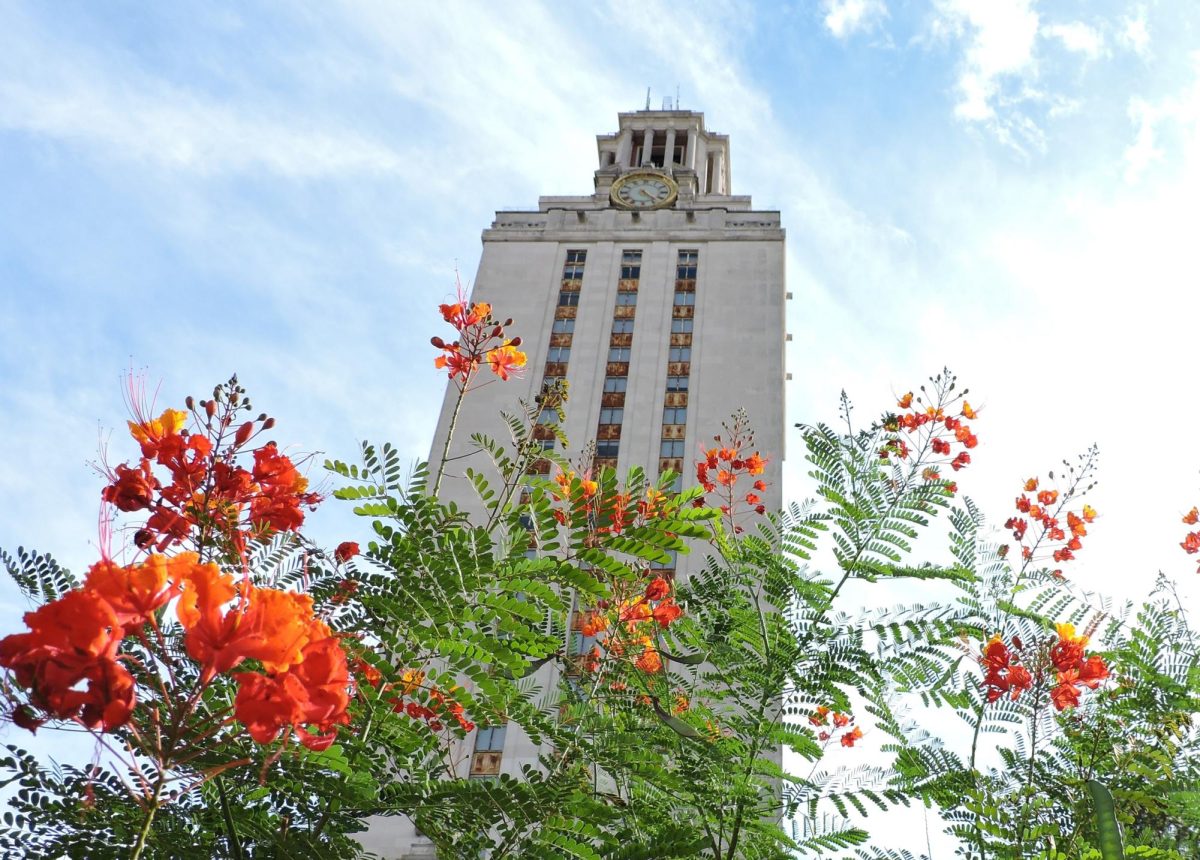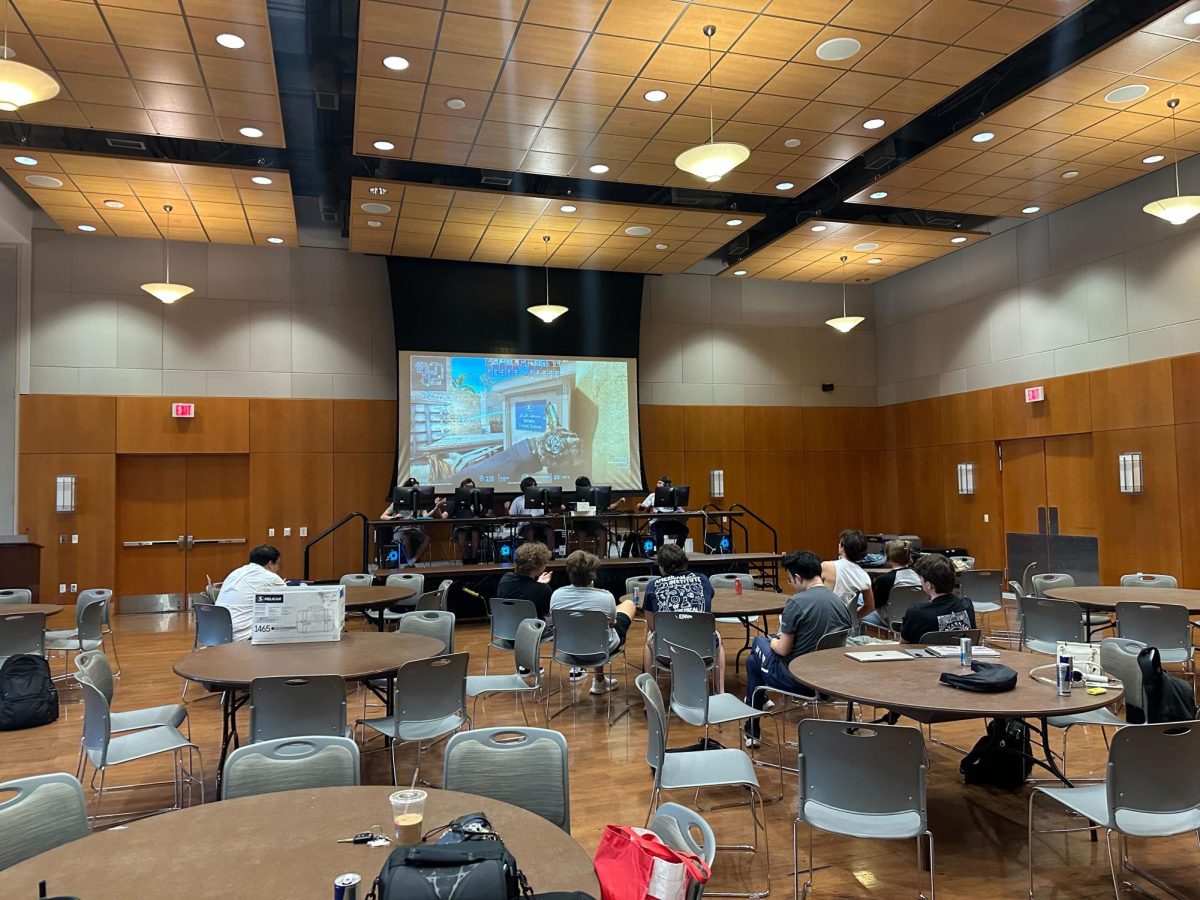Children, like adults, have an innate desire to belong. When excluded, they imitate their peers’ behaviors to try to fit in.
Psychology postdoctoral researcher Rachel Watson-Jones found that children show higher anxiety and are more likely to copy their peers’ actions accurately when excluded by members of their in-group compared to when they are included. Watson-Jones’ study was published in the journal Psychological Science on Jan. 12.
An in-group is a social circle a person psychologically identifies with, usually because they share similar traits. For example, math undergraduates might consider fellow math majors to be their in-group members, while history and other majors are the out-group. In the study, the children seemed indifferent when they were excluded and included by their out-group members.
To arrive at these results, Watson-Jones arbitrarily assigned each of the children a shirt color — yellow or green — before placing them into a group with three other avatars for a four-player virtual ball game. In in-groups, the avatars’ shirt colors matched that of the child. Out-groups included avatars wearing shirts in opposite colors. To show inclusion, avatars periodically tossed the balls to the children; excluded children only received three tosses out of 30 total.
The children’s behaviors were recorded for signs of anxiety (slumping posture, frowns and sighs) and frustration (furrowed brows, pursed lips and verbal statements).
Afterwards, Watson-Jones showed the children a video of an adult wearing a yellow or green shirt that matched the avatars’ colors demonstrating a sequence of physical gestures. She told them that these actions were common rituals in the respective group and asked them to imitate the actions. For each correctly imitated action, the children received a score.
Results showed that children became more anxious and showed more accurate imitation responses when they were excluded by their in-group, compared to when they were included. Their responses, however, did not show any significant differences between exclusion and inclusion of their out-group.
“We especially wanted to see if the reactions to ostracism would be different if [the children] were ostracized by in-group members versus out-group members,” Watson-Jones said. “That’s the main takeaway: that children are extremely motivated to engage in behaviors increasing affiliations with their in-group members.”
Instead of measuring the effect of exclusion between in-group and out-group in this study, Watson-Jones said she focused on measuring imitation behaviors within groups.
“Social psychological research has repeatedly demonstrated that simply placing people into novel groups can create in-group preferences,” Watson-Jones said. “As it is, I think that the effect of ostracism overwhelmed the effect of group.”
Watson-Jones said she was initially interested in how children interpret rituals. She first came to UT to collect data for her dissertation while finishing her graduate degree in anthropology at the University of Oxford.
“We wanted to study the motivation for engaging in rituals — using ostracism as a means of increasing affiliative motivation was kind of what got us started,” Watson-Jones said. “To understand ritual actions, you have to put them in the context of group membership.”
While at Oxford, Watson-Jones worked with Harvey Whitehouse, whom she considers an expert on rituals. Whitehouse is the director of the Institute of Cognitive and Evolutionary Anthropology and a Professorial Fellow of Magdalen College at the University of Oxford.
Whitehouse said rituals are arbitrary rules that cannot be explained in terms of cause and effect; they are simply done a certain way.
“Rituals are basically just conventions. Some rituals are such ingrained habits that we don’t even notice them,” Whitehouse said. “[People] perform a vast array of rituals every day by following conventions for greeting each other, handling food, deciding what to wear or how to style their hair.”
In contrast to instrumental behaviors that have underlying reasons, customs such as greetings and table manners are considered ritualistic because they are arbitrary.
According to Whitehouse, the desire to be part of a group drives ritualistic behaviors.
“It’s true that people engage in rituals for other reasons as well, but in the lab we can tease these things apart,” Whitehouse said. “What we’re finding is that when children are anxious about being excluded from the group, they copy its ritualistic behaviors more [intensely] — but they don’t do that for instrumental behaviors.”
Watson-Jones said she envisions that her research will help people better understand bullying and peer pressure. She said she is interested in learning more about how willing children are to copy negative behaviors in an effort to fit in with the group.
“If children are motivated to imitate negative behaviors in the context of in-group ostracism, will children also imitate negative behaviors as a means of reinclusion with their in-group members?” Watson-Jones said.



















